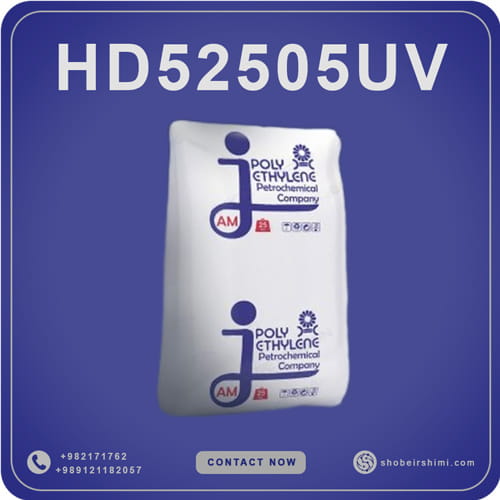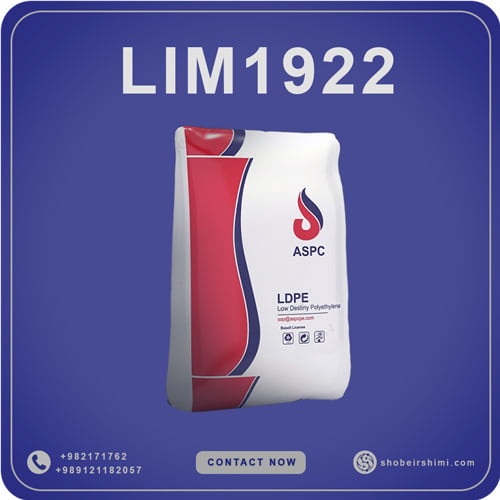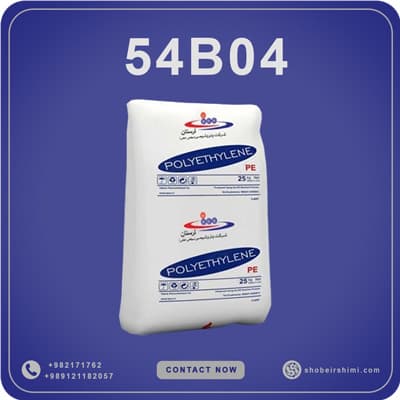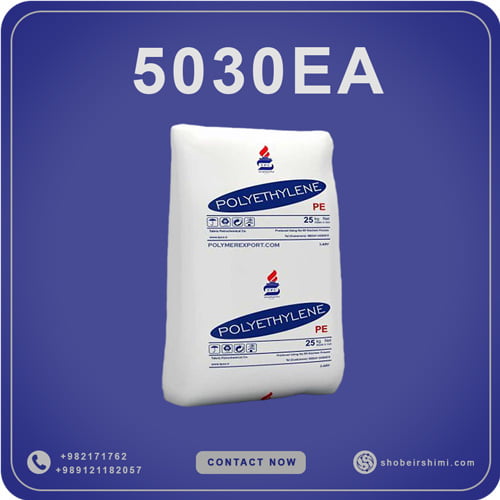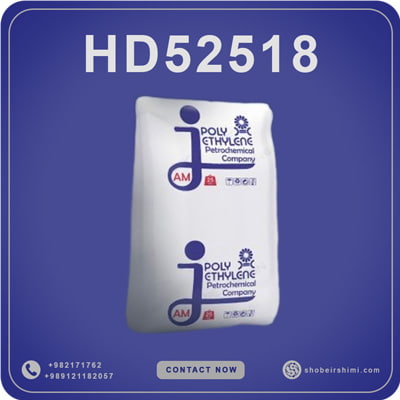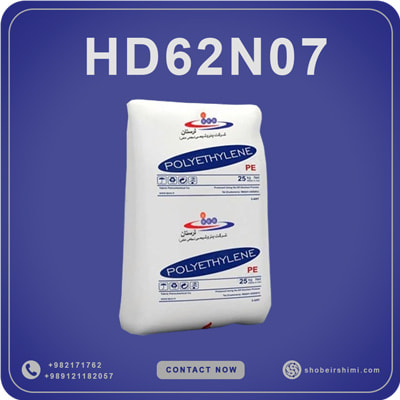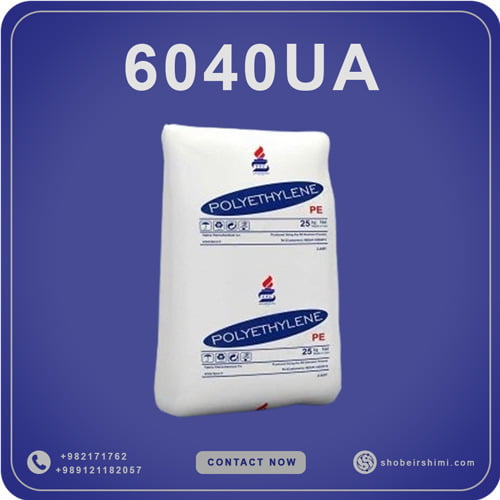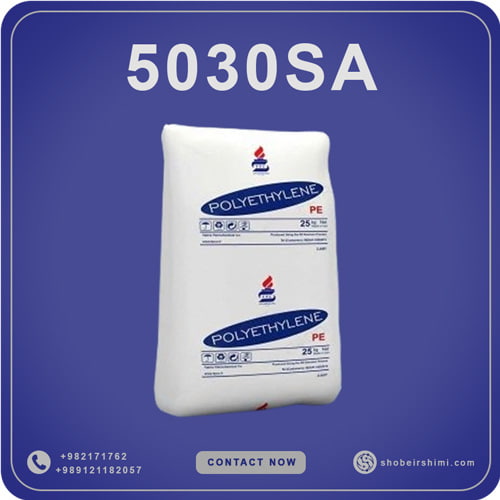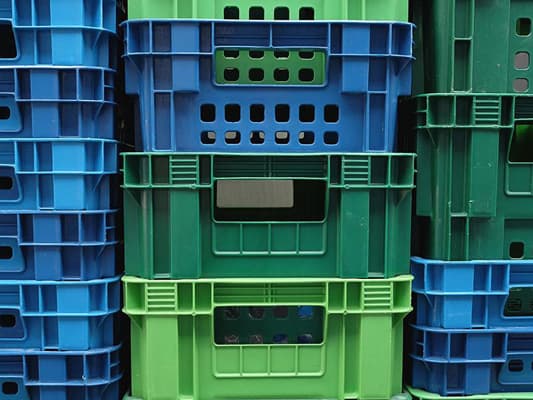HDPE Injection Molding Grades
HDPE Injection Molding is a widespread mode of production that involves injecting liquid High-Density Polyethylene (HDPE) into a mold in order to obtain precise and durable plastic parts. Because of its adaptability, HDPE injection plastic molding plays a vital role in producing parts with high performance, particularly in situations that demand strength, impact properties, and chemical stability. HDPE, as a product, plays a crucial role in most manufacturing sectors due to its excellent mechanical properties and processability. The HDPE injection molding is an inexpensive method for the production of high-volume, high-quality products.
Some of the sectors that are highly reliant on HDPE injection molding products include:
- Automotive – for protective housings, fluid reservoirs, and fuel tanks
- Consumer Goods – containers, household items, and toys
- Medical Devices – such as fluid delivery systems and disposable components
The necessity for lighter, recyclable, and durable plastics has made injection hdpe routine practice across these industries.
What Is HDPE Injection Molding?
Due to its great strength-to-density ratio, HDPE (High-Density Polyethylene) is a thermoplastic polymer. Given its great dimensional stability, low moisture absorption, and simple flow, it is especially appreciated in injection molding. After heating HDPE pellets until molten, HDPE Injection Molding entails under high pressure injecting the material into a custom-designed mold. The material hardens into the requested shape after cooling. Supporting mass production while keeping high tolerances and structural integrity, this procedure is fundamental to current manufacturing. Key steps in a thorough HDPE injection molding manufacturing handbook include:
- Material Preparation: HDPE pellets are dried if necessary to remove moisture
- Melting and Injection: The material is melted to a temperature of about 180–280°C and injected into the mold
- Cooling and Ejection: Cooling of the mold (commonly through water circuits) and ejection of the part once it solidifies
Utilizing HDPE for injection molding has the following advantages:
- High Tensile Strength: Usage in load-carrying elements
- Exceptional Impact Resistance: Resists mechanical strain without cracking
- Chemical Resistance: Chemically resistant to acids, solvents, and other aggressive chemicals
Also, HDPE plastic injection molding is very recyclable, which is in harmony with sustainable production goals. Regardless of whether you are manufacturing HDPE injection molding products for industrial, medical, or domestic purposes, the process ensures consistency, performance, and affordability.
HDPE Injection Molding Grades: A Complete Guide
HDPE Injection Molding Grades are highly developed grades of High-Density Polyethylene (HDPE) which are specifically formulated to perform well in injection molding operations. Injection molding is a manufacturing process wherein plastic that has melted is pushed under pressure into an empty mold cavity, cooled, and pressed out as a final product. It’s in demand due to its speed, precision, and capacity to create intricate or high-volume parts.
A general-purpose HDPE injection grade is designed to offer:
- Stability of flow when molding
- Dimensional stability of precision parts
- Mechanical strength, especially stiffness and impact resistance
- Use in a very wide range of applications, from caps and crates to household and industrial containers
Manufacturers consider properties like the Melt Flow Index (MFI), density, and suitability for application when selecting an HDPE injection molding grade. They are referred to simply as HDPE injection, injection HDPE, or HDPE injection molding material in manufacturers’ catalogs.
Key Properties of HDPE Injection Grades
HDPE grades used in injection molding are characterized by:
- Melt Flow Index (MFI): Indicates how readily the molten polymer will flow when under pressure at 190°C. Lower MFI (e.g., 2–5) for thicker or more rigid parts, and higher MFI (e.g., 18–22) for thin-walled or intricate parts.
- Density: Affects stiffness, chemical resistance, and barrier characteristics. Most of the HDPE injection molding grades fall between 0.919 and 0.962 g/cm³.
- Efficiency in processing: They are made to have high-speed cycle times and consistent filling of the mold without warpage or shrinkage.
HDPE Injection Molding Grades Comparison Table:
How to Select the Right HDPE Injection Grades
Selecting the best HDPE injection molding grade turns on:
- Design of goods Use high MFI grades (e.g., 18–22) for delicate and thin-walled components.
- For load-bearing or structural goods, lower MFI with greater density is desirable (e.g., HD62N07).
- Specific uses call for UV-resistant or food-safe grades like HD52505UV and HD5218UA.
- High MFI ratings in high-volume manufacturing help to speed cycle times and increase energy efficiency.
Common Industries Using Injection HDPE Grades
The wide-ranging use of HDPE Injection Molding makes these grades a widely sought-after selection in:
- Consumer Packaging: Bottle, caps, food packaging
- Housewares: Thinwall products, trays, kitchen organizers
- Industrial Storage: Crates, shipping bins, pallets
- Retail Products: Toys, household items, promotional products
- Heavy-Duty Applications: Structural containers, toolboxes, UV-resistant outdoor products
HDPE Injection Molding Products
HDPE Injection Molding is widely used to create a variety of sturdy and durable products. Common hdpe injection molding products include crates, bottles, fuel tanks, lids, and pails. Such products are enabled by the flexibility, chemical resistance, and durability of hdpe plastic injection molding.
For example, large storage crates made from hdpe for injection molding are very impact-resistant and are perfect for heavy usage. Similarly, HDPE injection-made fuel tanks and bottles provide secure and safe liquid storage. A product gallery may present the variability of parts produced by injection HDPE, such as household and industrial usage. Mini-case studies typically suggest how manufacturers precondition the hdpe injection molding temperature and processing parameters in order to achieve the minimum number of defects and homogeneous quality parts.
HDPE Injection Molding Processing Guide
The hdpe injection molding processing guide defines the main phases in successfully molding HDPE pieces:
- Select the suitable HDPE resin grade depending on component demands including strength, flexibility, and chemical resistance.
- Though HDPE usually absorbs little water, drying might sometimes be helpful in averting problems.
- Keep an ideal hdpe injection molding temperature of around 180 to 230°C to guarantee good melting and smooth flow.
- To promote regulated solidification, set the mold temperature between 30–60°C.
- Modify these variables meticulously to fill the mold and reduce shrinkage or warpage: injection pressure, speed, and holding time.
- Managed cooling guarantees dimensional accuracy and prevents distortion.
- The components are finished and ready for use thanks to post-processing processes including trimming, annealing, and quality control.
Conclusion of HDPE Injection Molding
In conclusion, HDPE Injection Molding is a reliable and efficient way to produce a wide range of durable plastic items. By familiarizing themselves with the HDPE injection molding temperature ranges and following the HDPE injection molding processing guide carefully, manufacturers can optimize production and achieve great part quality. Whether you are producing crates, bottles, or fuel tanks, leveraging HDPE for injection molding offers great material benefits.
Ready to bring your manufacturing to the next level with HDPE plastic injection molding? Select the right HDPE grades, optimize your process parameters, and start producing high-quality parts today. Require expert consultation or custom solutions on injection HDPE? Reach out to us and take the first step towards optimized HDPE injection molding!


